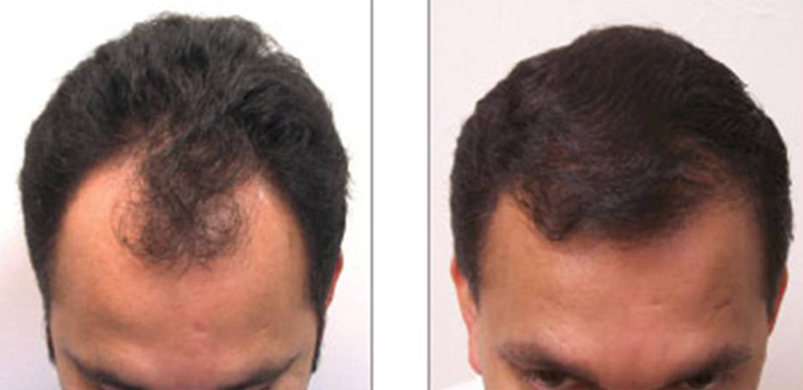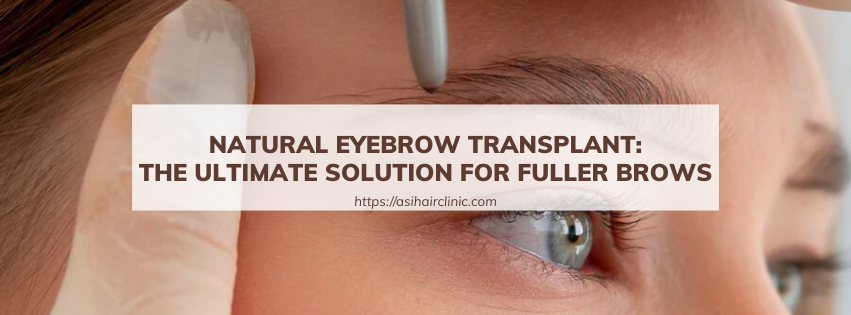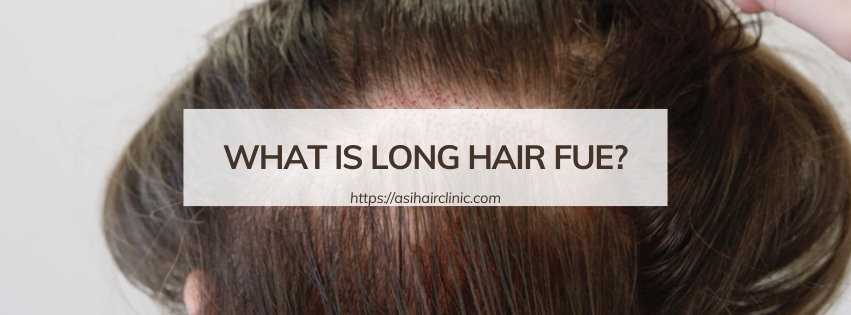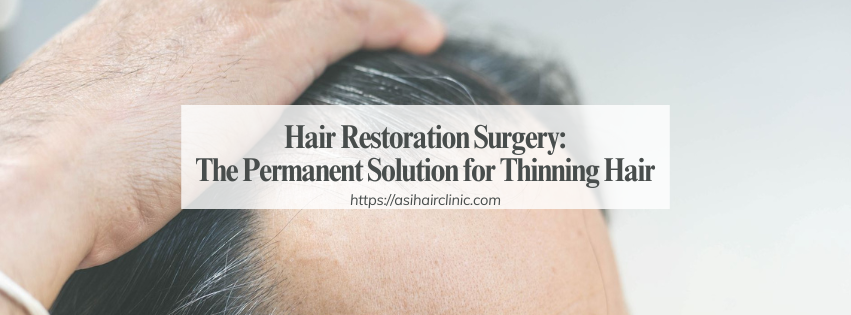Hair Transpalnt - Popular hair transplant methods
Hair loss can be a frustrating and often distressing experience, affecting individuals of all ages and genders. Fortunately, advancements in medical technology have paved the way for hair transplant procedures, offering a viable solution for those seeking to restore their natural hairline and achieve a fuller, more youthful appearance. In this comprehensive guide, we will explore the various types of hair transplants, the procedure itself, the recovery process, and the important considerations to keep in mind when choosing a qualified hair transplant surgeon.
Types of Hair Transplants: Choosing the Right Option for You

Hair transplant procedures have evolved over the years, with different techniques offering unique advantages and considerations. Understanding the different types of hair transplants can help you make an informed decision that best suits your individual needs and goals.
Follicular Unit Extraction (FUE)
Follicular Unit Extraction (FUE) is a widely popular hair transplant technique that involves the individual extraction of hair follicles from the donor area, typically the back and sides of the scalp. This approach is known for its minimally invasive nature, as it does not require the removal of a larger strip of skin, as in the case of Follicular Unit Transplantation (FUT). The FUE method results in smaller, discrete scars and a faster recovery time, making it a preferred choice for many patients.
Advantages of FUE
- Minimal scarring: The FUE technique involves the extraction of individual hair follicles, resulting in small, discrete scars that are less noticeable compared to the linear scar associated with FUT.
- Faster recovery: Patients undergoing FUE generally experience a quicker recovery time, with less post-operative discomfort and swelling.
- Flexibility in donor area: FUE allows for the harvesting of hair follicles from various parts of the scalp, including the back and sides, as well as the body (e.g., chest, beard, etc.), providing more options for donor hair.
- Natural-looking results: The natural distribution of hair follicles in the transplanted area can create a more seamless and natural-looking outcome.
Considerations for FUE
- Longer procedure duration: The individual extraction of hair follicles in FUE can make the procedure more time-consuming compared to FUT.
- Potential for lower graft survival: The delicate nature of the extraction process in FUE may result in a slightly lower graft survival rate compared to FUT.
- Skill-dependent: FUE requires a high level of skill and expertise from the surgeon, as the precision of the extraction process can significantly impact the success of the procedure.
Follicular Unit Transplantation (FUT)
Follicular Unit Transplantation (FUT), also known as the "strip method," involves the removal of a narrow strip of skin from the back of the scalp, which is then dissected into individual follicular units. These units are then transplanted into the desired areas of the scalp.
Advantages of FUT
- Higher graft survival rate: The FUT method generally results in a higher survival rate for the transplanted hair follicles compared to FUE.
- Shorter procedure duration: The FUT technique is typically faster than FUE, as the surgeon can transplant a larger number of grafts in a single session.
- Cost-effective: FUT is often more cost-effective than FUE, as it requires less time and specialized equipment.
Considerations for FUT
- Visible scarring: The FUT method leaves a linear scar at the back of the scalp, which may be more noticeable, especially for individuals with shorter hairstyles.
- Longer recovery period: Patients undergoing FUT may experience a longer recovery time and more post-operative discomfort compared to FUE.
- Limitations in donor area: FUT is limited to the scalp as the donor area, whereas FUE offers more flexibility in terms of harvesting hair from the body.
Combination Techniques
In some cases, a combination of FUE and FUT techniques may be employed to achieve the best possible outcome. This approach can leverage the advantages of both methods, such as the natural-looking results of FUE and the higher graft survival rate of FUT.
Benefits of Combination Techniques
- Optimized graft yield: Combining FUE and FUT can allow the surgeon to harvest a greater number of viable hair follicles, increasing the overall graft yield.
- Customized approach: The combination of techniques can be tailored to the individual's needs, addressing specific areas of concern or balancing the tradeoffs between the two methods.
- Comprehensive coverage: By utilizing both FUE and FUT, the surgeon can achieve a more comprehensive and natural-looking coverage of the transplanted area.
Considerations for Combination Techniques
- Increased complexity: The use of multiple techniques can make the procedure more complex, requiring a higher level of skill and experience from the surgeon.
- Longer procedure duration: Combining FUE and FUT may result in a longer overall procedure time compared to a single technique.
- Cost implications: The use of combination techniques may incur higher costs for the patient, as it involves the utilization of multiple surgical approaches.
When choosing the right hair transplant technique, it's essential to consult with a qualified and experienced hair transplant surgeon. They will evaluate your unique needs, hair characteristics, and goals to recommend the most appropriate approach for your individual case.
LATEST POSTS








